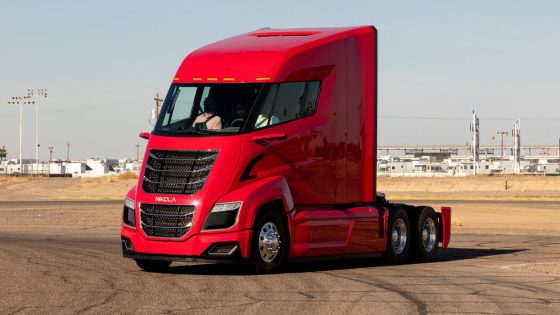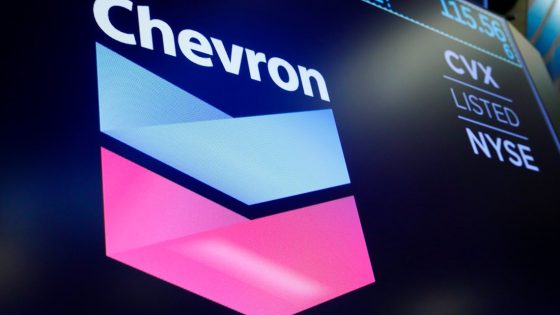Nikola Corporation, an electric vehicle start-up, filed for bankruptcy protection on February 19, 2025. Once aspiring to rival Tesla in the heavy truck market, Nikola’s financial struggles culminated in this filing, which revealed liabilities between $1 billion and $10 billion and a creditor count of 1,000 to 5,000.
- Nikola files for bankruptcy protection
- Founded in 2015, aimed at heavy trucks
- Trevor Milton ousted and convicted of fraud
- Limited electric truck deliveries, financial struggles
- Bankruptcy liabilities between $1 billion and $10 billion
- Struggles common among electric vehicle startups
Nikola Corporation, founded in 2015, aimed to develop long-haul semi trucks powered by hydrogen and electricity. The company went public in 2020, despite not having sold any vehicles at that time. Initial excitement over Nikola’s potential led to a surge in its stock price, attracting individual investors and Wall Street firms eager to capitalize on the electric vehicle market.
However, skepticism regarding the company’s technology and founder Trevor Milton’s claims soon surfaced. Milton was ousted and later convicted on fraud charges, which further eroded investor confidence. By late 2022, Nikola reported having $200 million in cash but $270 million in long-term debt, indicating severe financial strain.
- Bankruptcy filing date: February 19, 2025.
- Cash on hand: Approximately $47 million.
- Liabilities: Between $1 billion and $10 billion.
- Number of creditors: Between 1,000 and 5,000.
Despite delivering a small number of electric trucks in recent quarters, Nikola’s production was insufficient to achieve profitability. The company stated it would continue limited service and support for existing trucks on the road as it navigates the bankruptcy process. Nikola’s struggles reflect broader challenges faced by many emerging electric vehicle companies attempting to transition from concept to market.
Nikola’s bankruptcy underscores the difficulties in the electric vehicle sector, where ambitious plans often clash with financial realities. The company’s journey from a promising start to bankruptcy serves as a cautionary tale for investors and industry stakeholders alike.

































